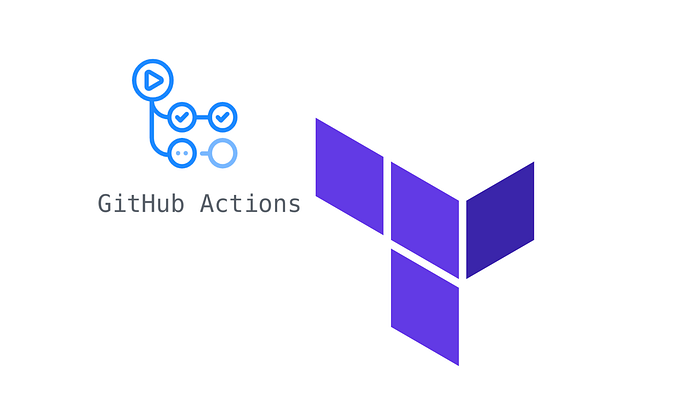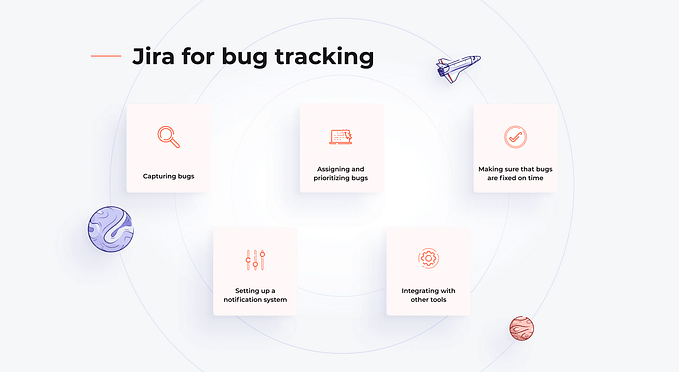Jira Best Practices
Jira Automation: Top 12 Settings Each Agile Development Team Must Have
Learn how to use Jira Automation to keep your Jira board up to date, improve scrum team communication and save time
Before using Jira automation all my daily meetings were about updating Jira, making sure the things are up to date and we aren’t missing important things from the Product Backlog.

1. Link Jira Issues to Git Merge Requests
The days when you were looking to know where is your Merge Request and what does it include are over. There is nothing to do either than mentioning the US name in the commit comment.
2. Update Jira Status every time a Merge Request is opened

3. Update Jira Status every time a Merge Request is opened Merged

4. Mark the user story / task in progress when at least 1 sub-task is in Progress

5. Mark the user story / task Done when all the sub-tasks are done

6. Assign a Jira issue to a certain person when status is updated
Why would we want to assign a ticket to a certain person automatically in a Scrum team?
Great question!
In most of the teams I coach, we have a status called Product Owner(PO) Acceptance. When a user story is in this status, the Product Owner is reviewing it and provides feedback so that the user story meets the PO expectations. You can read more about the User stories Definition Of Done and this status in this article: User Story Definition Of Done (DOD) in Agile Software Development and the Technical Debt .
7. When all the users stories are completed, close the parent Epic

8. When Epic is done, close all the stories

9. Close duplicated issues

10. Link issues when mentioned in comment

11. When parent is done, mark all the sub-tasks as done

12. When issue is resolved, add a comment to the related issues
This is especially needed for the dependencies between the teams.

You might be interested in:








